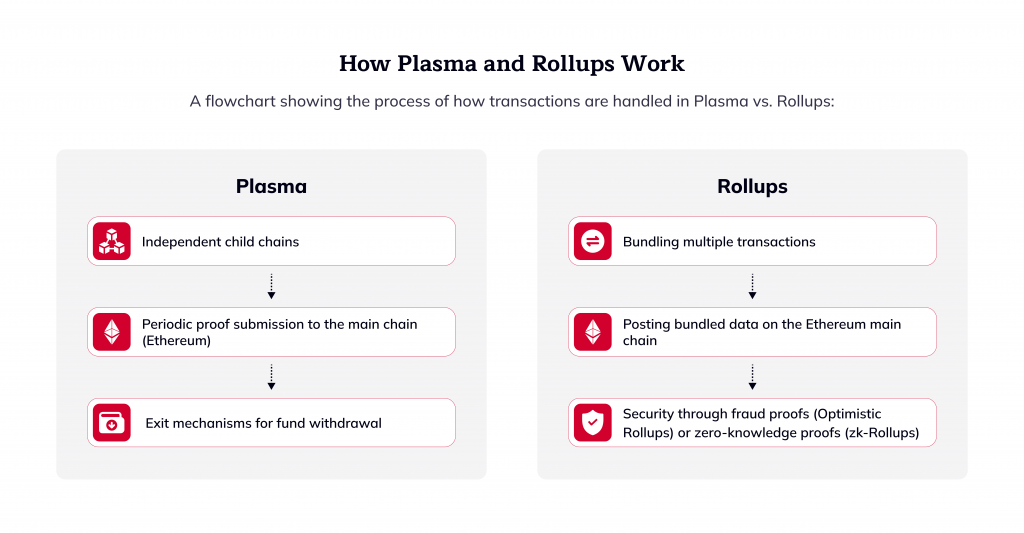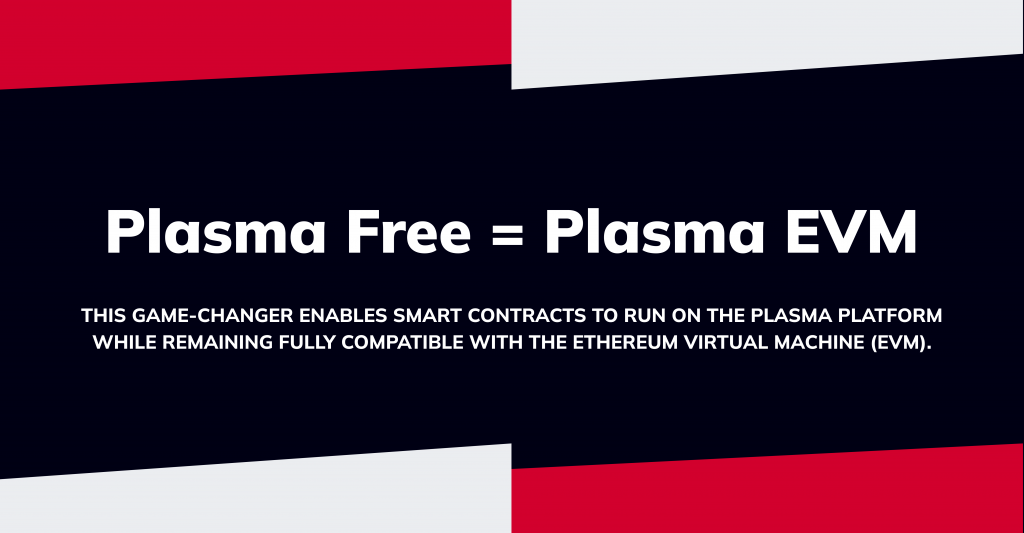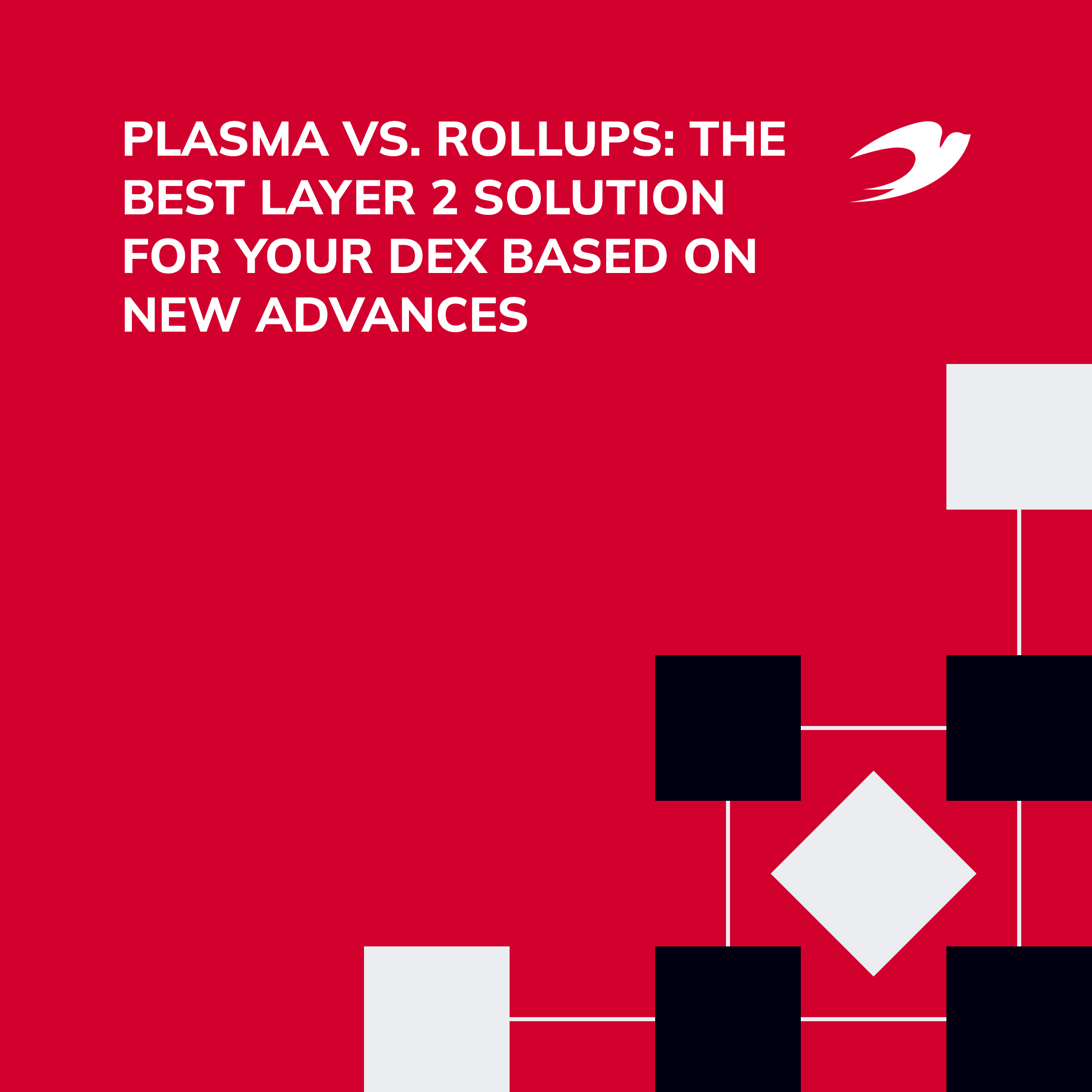Building a decentralized exchange (DEX) on Ethereum? You’re probably facing high transaction fees and sluggish speeds. With Layer 1 networks often congested, developers are turning to Layer 2 solutions like Plasma and Rollups to scale their DEXs efficiently. But how do you choose between Rollups vs Plasma for DEX? This article deeply compares Plasma and Rollups, aiming to guide developers toward the most effective solution
Understanding Layer 2 Solutions
Layer 2 solutions act as extensions of the base blockchain, such as Ethereum, to improve transaction speeds and reduce costs. They achieve this by processing transactions off the main chain (Layer 1) while still relying on it for security.
Plasma and Rollups are the two primary Layer 2 technologies used today. Still, they function in distinct ways. Plasma creates “child chains” that operate independently but periodically submit proofs to the main chain. On the other hand, Rollups bundle multiple transactions into a single batch that is then recorded on the main chain.

You can find the Comparison Table for the Layer 2 solutions at the end of this article.
Plasma: A Closer Look
Plasma is a framework that allows for the creation of child chains. Each can process transactions independently. These chains periodically report back to the Ethereum mainnet, which is the ultimate arbiter. One of Plasma’s core features is its exit mechanism. It allows users to withdraw funds from a child chain to the main chain if needed.
Why is Plasma back on the agenda:
- Improved security. By integrating with ZK-proofs, Plasma can provide greater transaction security, which was one of the main problems with early versions of this technology. This helps to solve the problem of fraudulent transactions and provides fast confirmation.
- Cost reduction and fast execution. New technical solutions, such as static Plasma chains, can significantly reduce transaction costs and increase the speed of their execution.
- Scalability for simple transactions. Plasma remains a great solution for projects requiring high throughput for simple transactions such as payments or exchanges.
Plasma’s scalability makes it an attractive option for a decentralized exchange that processes a high volume of trades with minimal latency. The technology’s ability to handle large transaction volumes without burdening the Ethereum mainnet can be a game-changer for decentralized trading platforms.
Nevertheless, while secure, the complexity of managing multiple child chains can introduce operational overhead.
The founder of Ethereum, Vitalik Buterin, recently emphasized that Plasma, although it has lost popularity due to certain technical limitations, is worthy of attention in light of recent advances in cryptography and blockchain technologies. In particular, the growing interest in Zero-Knowledge proofs (ZK-proofs) and new approaches to decentralized solutions can solve many of the problems that Plasma faced in the past. We support the idea that Plasma is the future of DEX.
Rollups: A Deep Dive
Rollups are another Layer 2 solution that improves scalability by bundling transactions together. There are two main types: Optimistic Rollups and zk-Rollups:
- Optimistic Rollups assume transactions are valid by default and only run fraud proofs if a challenge is raised.
- zk-Rollups uses zero-knowledge proofs to ensure that all transactions in a batch are valid before they are posted to the main chain.
Rollups offer a robust security model by keeping most of the computation off-chain while storing the data on-chain. This means they inherit Ethereum’s security while still achieving significant scalability.
Advantages of Rollups:
- High throughput. Rollups can process a large number of transactions quickly and efficiently.
- Low latency. Transactions are confirmed faster than on the main chain, improving user experience.
Any Layer 2 solution rollup still requires interaction with the Ethereum mainnet, meaning they are not entirely free from Layer 1 fees. Moreover, zk-Rollups, while highly secure, can be computationally intensive and require specialized knowledge to implement effectively.
Plasma vs. Rollups: A Comparative Analysis
| Feature | Plasma | Rollups |
| Plasma vs Rollups Scalability | High (with child chains) | High (with transaction batching) |
| Plasma vs Rollups Transaction Costs | Lower (offloads transactions to child chains) | Lower (bundles transactions together) |
| Plasma vs Rollups Security | Dependent on exit mechanisms | Strong, inherited from Ethereum |
| Plasma vs Rollups Implementation Complexity | High (managing child chains) | Moderate to High (depending on type) |
| Plasma vs Rollups Performance | Fast on child chains, slower exits | Faster confirmations, instant finality with zk-Rollups |
| Plasma vs Rollups Technology | Child chains, exit mechanisms | Transaction batching, fraud proofs (Optimistic) or zero-knowledge proofs (zk) |
| Plasma vs Rollups Use Cases | High-volume DEXs, gaming platforms | General-purpose DEXs, DeFi applications |
For DEXs, the choice between Rollups vs. Plasma advantages depends on the platform’s specific needs. If scalability and low costs are the highest priorities, Plasma is the better fit, especially for platforms expecting high transaction volumes. However, Rollups, particularly zk-Rollups, offer a compelling solution for those looking to balance security and performance.
How Plasma Free Solves Key Challenges
Plasma Free addresses a major limitation of traditional Plasma technology: the lack of support for complex smart contracts. Previously, Plasma was mainly used for simple transactions like payments, limiting its utility in more sophisticated applications such as decentralized exchanges (DEXs).
The introduction of Plasma EVM changes this by allowing smart contracts to run on Plasma while staying compatible with the Ethereum Virtual Machine (EVM). This means developers can take advantage of Plasma’s low transaction fees and quick processing without losing the benefits of Ethereum compatibility.

With Plasma EVM, DEXs can now benefit from Plasma’s speed and low costs while still using advanced smart contract functionality. This makes it possible to build fast and cost-effective DEXs without compromising Ethereum’s security and capabilities. Therefore, Plasma Free with Plasma EVM is an ideal solution for developing efficient and scalable decentralized exchanges.
A practical example: DEX on Plasma Free
Why Plasma Free? Based on Vitalik Buterin’s recommendations, DEX on Plasma Free offers no fees, fast transaction execution, and instant withdrawals. This solution is ideal for users who expect simplicity and accessibility without compromising speed and efficiency.
We at IdeaSoft are developing DEX in partnership with INTMAX, the company behind Plasma Free.
The Perpetual DEX, called JibX, will offer near-zero transaction fees, restocking, and leverage up to 250x. It will also have an on-chain matching engine and on-chain settlement with layers of accounts backed by Plasma Next.
JIBx uses Plasma Next for the settlement and account layer, providing privacy, low fees, security, and scalability. One of the features of the perpetual DEX is the on-chain limit order book, which uses a black and red tree sort. It is an efficient mechanism that uses EVM unchain as the data layer. This strategic choice significantly reduces transaction costs while increasing the number of transactions per second (TPS), setting a new standard for DEX technology.
INTMAX Co-founder Leona Hioki commented, “The IdeaSoft team is highly talented and professional, with unmatched experience in financial trading in general and virtual currency in particular. I am confident that together, we can create a product of exceptional quality. It is a great honor to work with them.”
Thanks to new technological advances, Plasma is returning to the scene as an effective solution for scaling, especially for simple transactions. Vitalik Buterin emphasizes that this approach should not be dismissed, as it can be the key to solving current blockchain problems, such as high transaction costs and low scalability.
Thus, Plasma, including Plasma Free, is becoming an important option for projects requiring high performance and low costs, especially for platforms such as DEX. Considering the recommendations of the Ethereum founder, it is worth carefully considering the possibilities of this technology in your project.
Conclusion
Choosing the right Layer 2 solution is imperative to build the DEX platform. Plasma and Rollups each bring unique strengths, and the decision should align with your platform’s specific requirements. Let’s sum up:
- If your project is focused on simple, high-frequency, low-cost transactions, Plasma (including Plasma Free) is the perfect choice. This is especially true for micropayments or DEX, where speed and no fees are important. NOTE: Plasma already exists to create smart contracts – Plasma Free.
- Projects requiring complex smart contract logic can consider Optimistic Rollups, which provide more flexibility but have some withdrawal delays.
- If your project requires high-speed transaction confirmation and maximum security, ZK-Rollups may be the best choice, but it has limited capabilities for complex smart contracts.

If you’re unsure which path—Plasma or Rollups for DEX—to take, our team can provide deeper insights and custom solutions tailored to your needs. Contact us today to start optimizing your DEX with the right Layer 2 technology.

